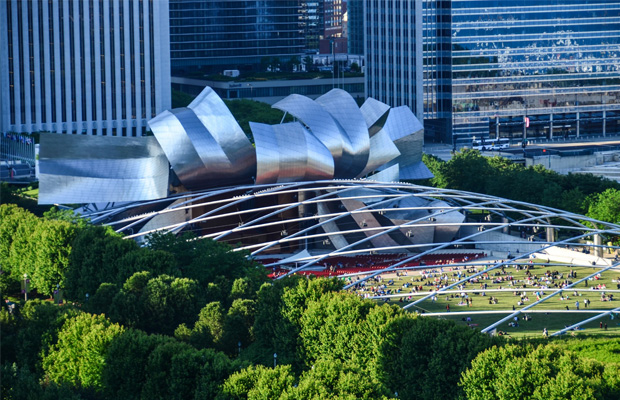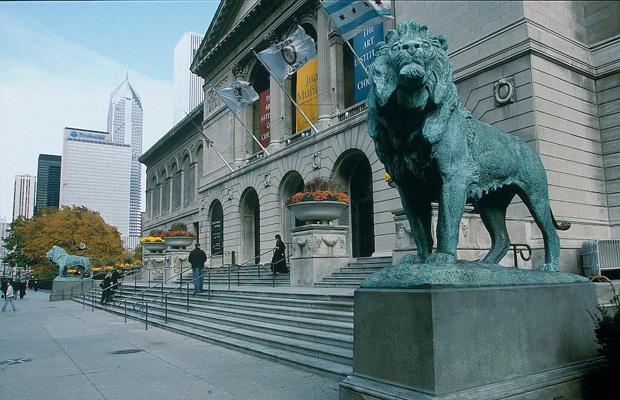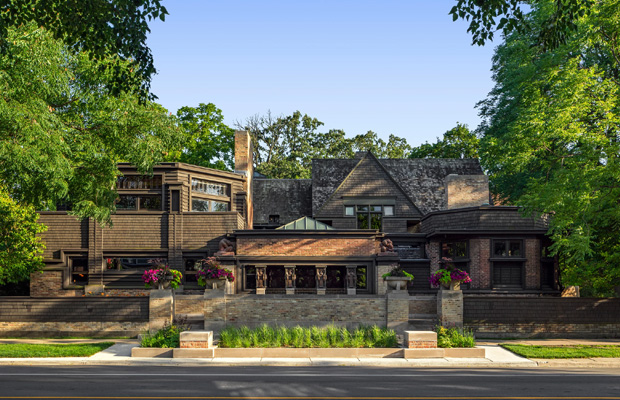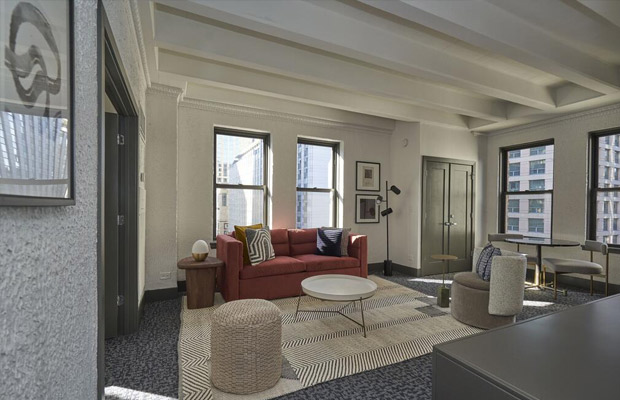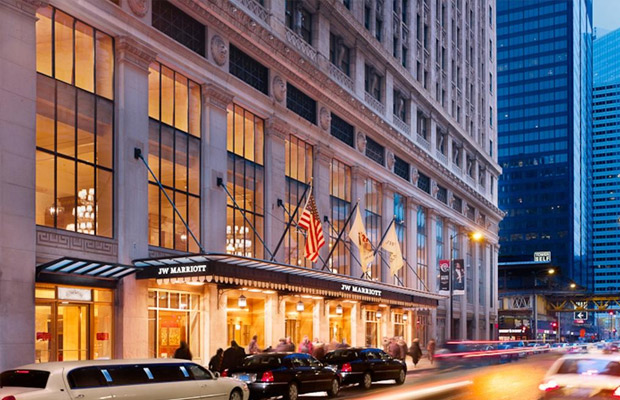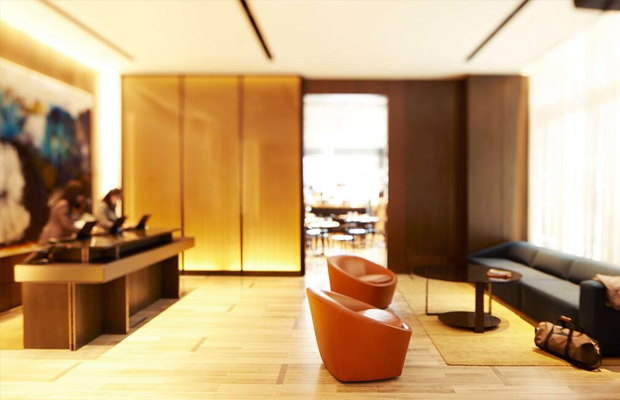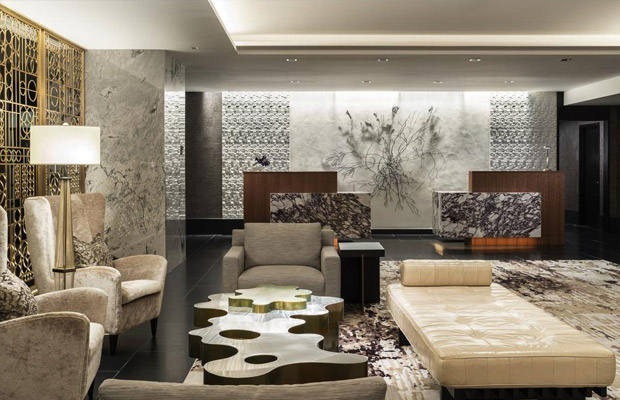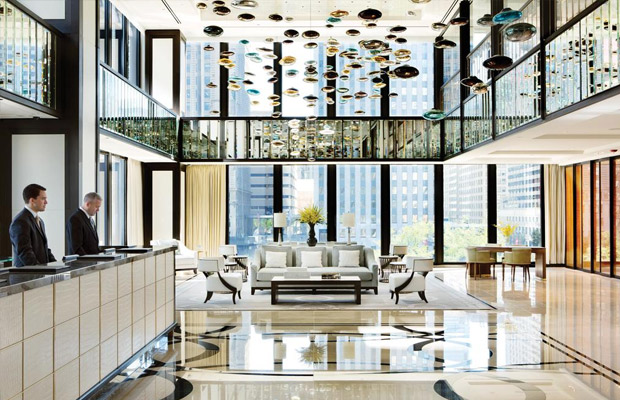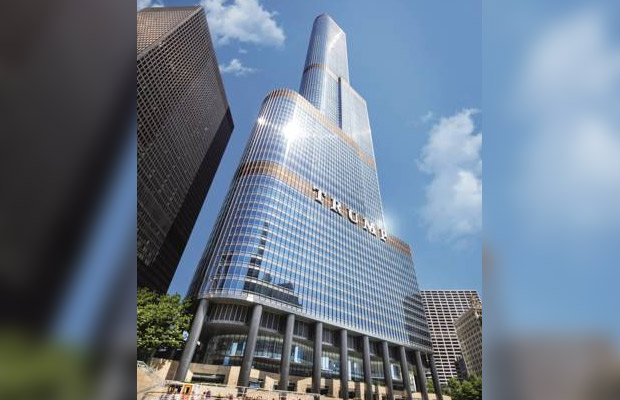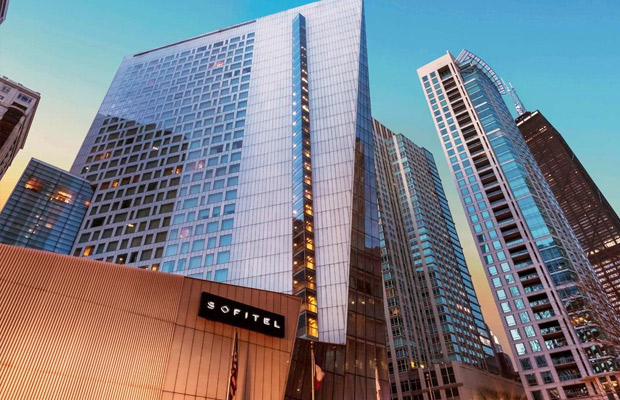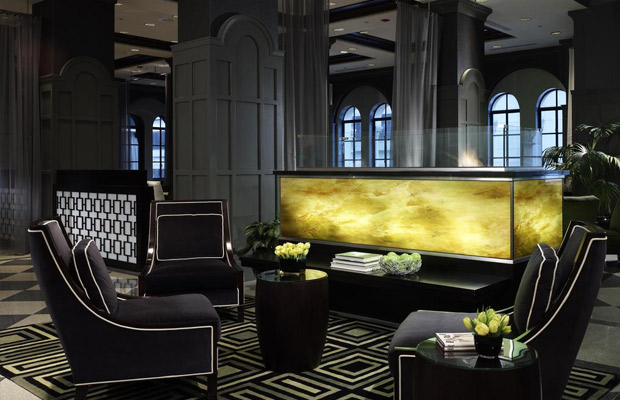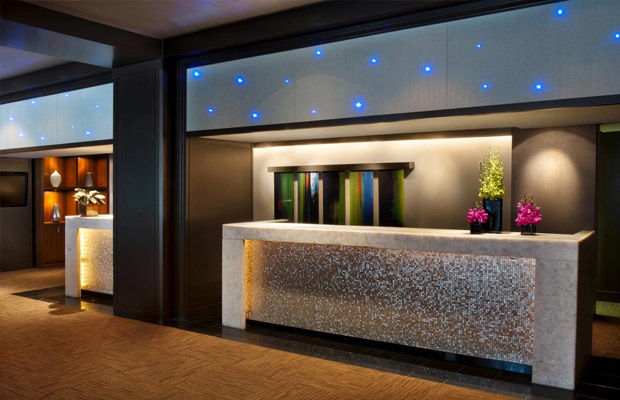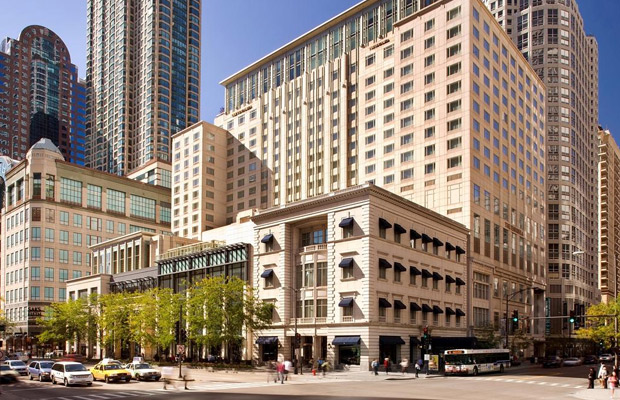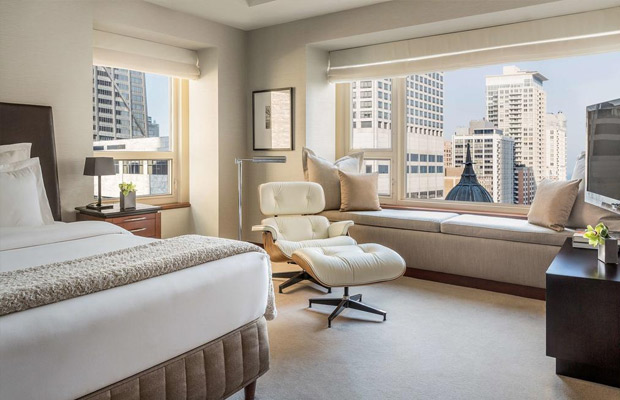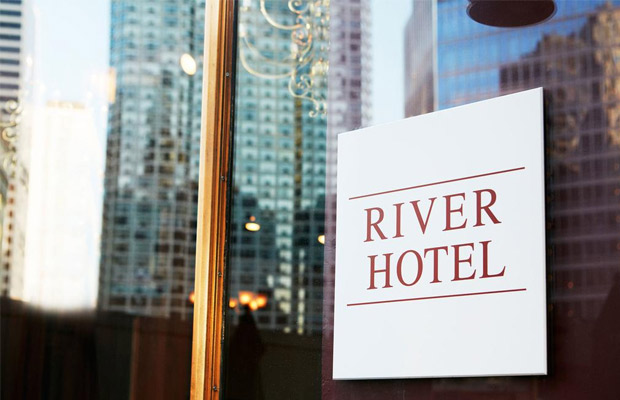Jay Pritzker Pavilion
Jay Pritzker Pavilion
USA
Chicago
Chicago Travel Guide
Book Tour & Activities
Your tour in Chicago.
Book your stay
Your hotel in Chicago.
Overview
Jay Pritzker Pavilion, also known as Pritzker Pavilion or Pritzker Music Pavilion, is a bandshell in Millennium Park in the Loop community area of Chicago in Cook County, Illinois, United States. It is located on the south side of Randolph Street and east of the Chicago Landmark Historic Michigan Boulevard District. The pavilion was named after Jay Pritzker, whose family is known for owning Hyatt Hotels.
The building was designed by architect Frank Gehry, who accepted the design commission in April 1999; the pavilion was constructed between June 1999 and July 2004, opening officially on July 16, 2004. Pritzker Pavilion serves as the centerpiece for Millennium Park and is the home of the Grant Park Symphony Orchestra and Chorus and the Grant Park Music Festival, the nation's only remaining free outdoor classical music series. It also hosts a wide range of music series and annual performing arts events. Performers ranging from mainstream rock bands to classical musicians and opera singers have appeared at the pavilion, which even hosts physical fitness activities such as yoga.
Design and development
The Jay Pritzker Pavilion is a home for the Grant Park Music Festival, which began in 1935 in the original Petrillo Music Shell.[4] Lying between Lake Michigan to the east and the Loop to the west, Grant Park has been Chicago's front yard since the mid-19th century. Its northwest corner, north of Monroe Street and the Art Institute, east of Michigan Avenue, south of Randolph Street, and west of Columbus Drive, had been Illinois Central rail yards and parking lots until 1997, when it was made available for development by the city as Millennium Park.[5] In 2007, Millennium Park trailed only Navy Pier as a Chicago tourist attraction.
Rectangular map of a park about 1.5 times as wide as it is tall. The top half is dominated by the Pritzker Pavilion and Great Lawn. The lower half is divided into three roughly equal sections: (left to right) Wrigley Square, McCormick Tribune Plaza, and Crown Fountain. North is to the left.
Image map of Millennium Park; east is at the top. Each feature or label is linked.
When the city first determined that a new pavilion should be built, the commission was supposed to go to Skidmore, Owings and Merrill. The original pavilion design was much more modest than the structure that was eventually built, with a smaller shell structure and speakers affixed to poles interspersed throughout the seating area. However, two factors led to the cancellation of the original plans. First, the project's scope changed as a result of additional funds raised by John H. Bryan, former CEO of the Sara Lee Corporation. The second factor was the intervention of the Pritzker family as potential donors. Unimpressed with the pavilion's original design, Cindy Pritzker "mandated that Frank Gehry be involved in its re-design".[8] Jay Pritzker, a prominent Chicago businessman, had died in January 1999; his family own several businesses, including Hyatt Hotels. Jay and Cindy Pritzker had founded the Pritzker Prize in architecture in 1979, and the Pritzker family's Hyatt Foundation continues to award it annually. Architect Frank Gehry had received the Pritzker Prize in 1989.
In February 1999, the city announced it was negotiating with Gehry to design a proscenium arch and orchestra enclosure for a bandshell in the new park, as well as a pedestrian bridge over Columbus Drive (which became BP Pedestrian Bridge). The city sought donors to cover Gehry's work,[12][13] and the Chicago Tribune dubbed him "the hottest architect in the universe" for his acclaimed Guggenheim Museum Bilbao. The Tribune noted Gehry's designs would not include such Mayor Richard M. Daley trademarks as wrought iron and seasonal flower boxes.
Millennium Park project manager Edward Uhlir said "Frank [Gehry] is just the cutting edge of the next century of architecture," and noted that no other architect was being sought.[12] Skidmore, Owings and Merrill architect Adrian Smith approached Gehry several times on behalf of the city,[15] which originally asked him about doing just a facade, but Gehry was uninterested. A few months later the city asked him to get involved in Millennium Park; Gehry felt he would prefer to design a building, but that he could not complete it in time for the Millennium, and that he would need a much larger budget than the city had envisioned.
Evening view of a green lawn under a lattice with a lit metal bandshell against a backdrop of skyscrapers
The city wanted Gehry, the donors supported him, and he was interested in the project.[9] The key component in the modern themes strategy was Gehry's acceptance of the commission in April 1999. That month, the city announced that the Pritzker family had donated $15 million to fund Gehry's bandshell and an additional nine donors committed a total of $10 million.[18][19] The day of this announcement, after it became clear that Cindy Pritzker would fund the project,[16] Gehry agreed to the design request. In November, when his designs for both the pavilion and bridge were unveiled, Gehry already had the basic design for the bandshell, but said the bridge's design was very preliminary and not well-conceived because funding for it was not committed. The BP Pedestrian Bridge is designed to serve as a buffer against street noise, helping the pavilion's acoustics.
According to the Guggenheim Museum, the Jay Pritzker Pavilion "suggests musical qualities", much like Gehry's Experience Music Project in Seattle, Washington. The Pritzker Pavilion follows a series of open-air projects by Gehry, such as the Merriweather Post Pavilion in Columbia, Maryland, the Concord Performing Arts Center in Concord, California, and numerous renovations to the Hollywood Bowl in Hollywood, California.
Located in: Millennium Park
Address: 201 E Randolph St, Chicago, IL 60601, United States
Architecture firm: Frank Gehry
Capacity: 11,000 (4,000 fixed, 7,000 lawn)
Architectural style: Deconstructivism
Architect: Frank Gehry
Video Travel Inspiration
See Jay Pritzker Pavilion on Map
Most Popular Cities

Siem Reap
Cambodia
Ho Chi Minh City
Vietnam
Beijing
China
Paris
France
London
United Kingdom
New York
USA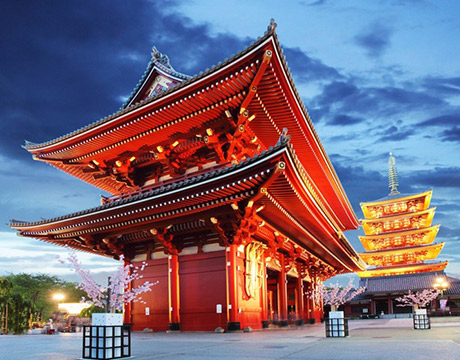
Tokyo
Japan
Bangkok
Thailand
Seoul
South Korea
Vientiane
Laos
Yangon
Myanmar
Washington DC
USA
Los Angeles
USA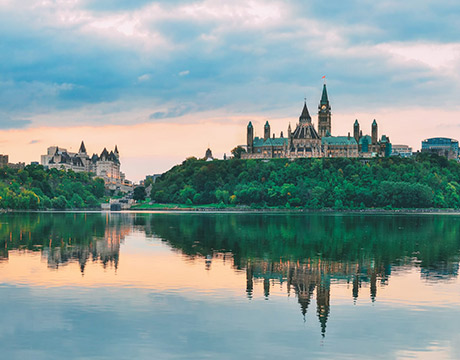
Ottawa
Canada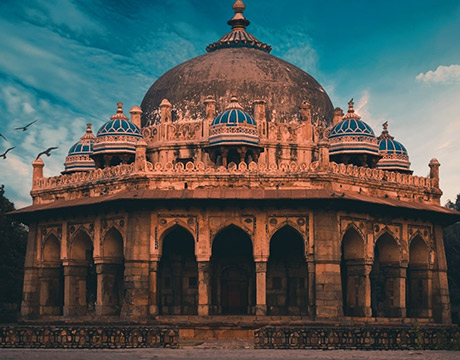
New Delhi
India
Singapore
Singapore
Kuala Lumpur
Malaysia
 English
English French
French Khmer
Khmer Thai
Thai Vietnamese
Vietnamese Chinese
Chinese Korean
Korean German
German Japanese
Japanese Italian
Italian Russian
Russian Spanish
Spanish Dutch
Dutch Indonesian
Indonesian Malay
Malay
